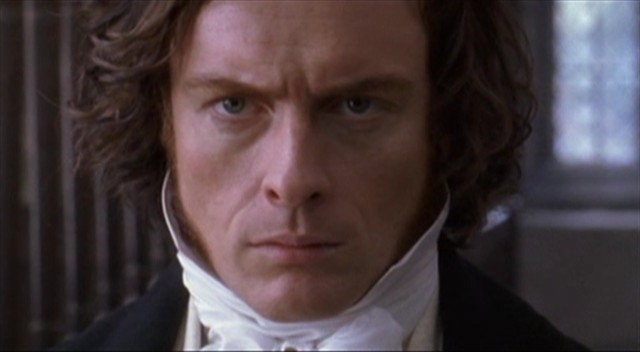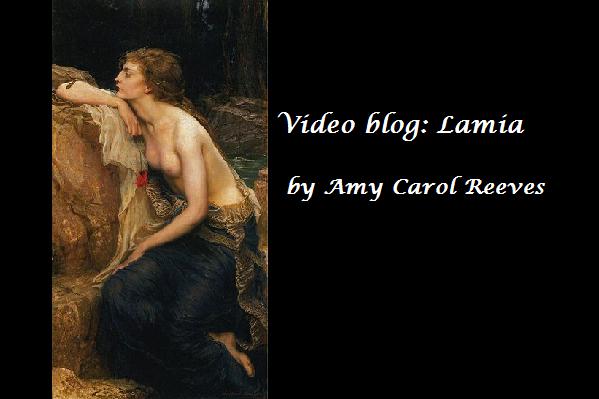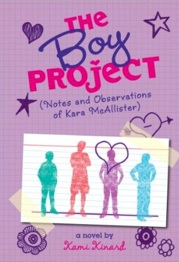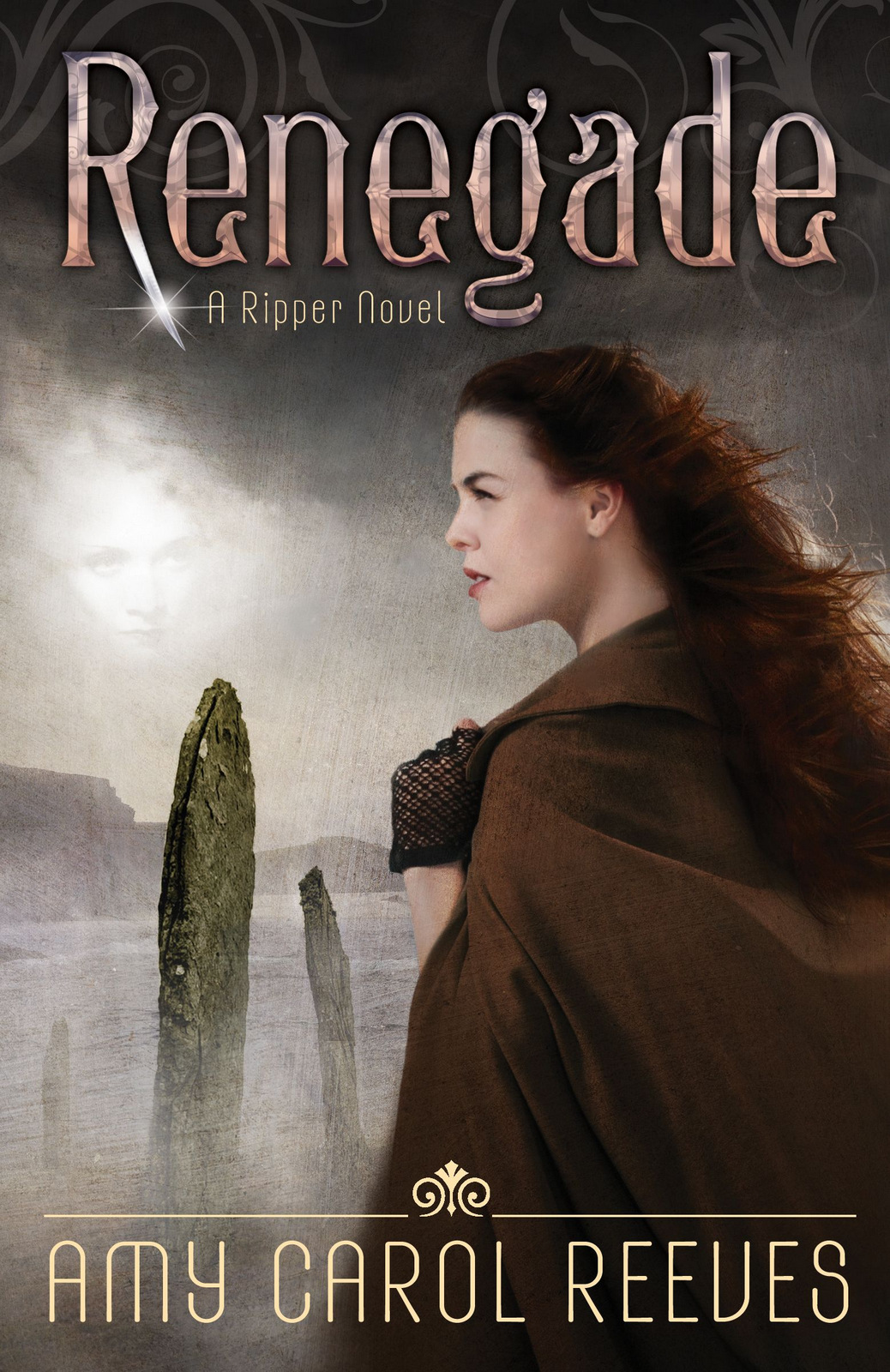Jack the Ripper...Kindergarten Style

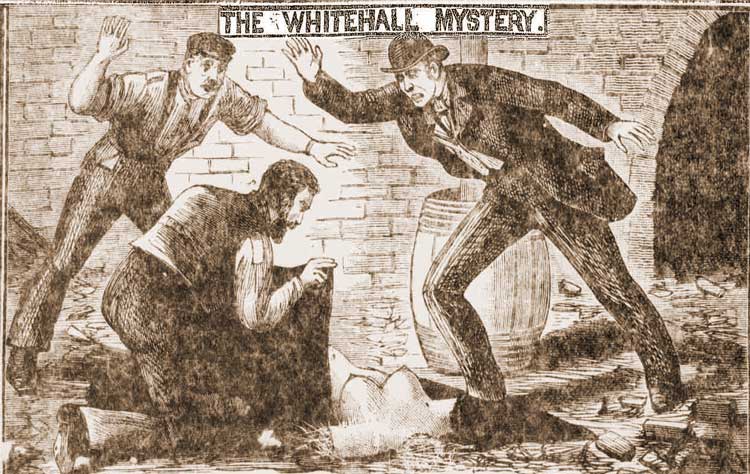
Since I write scary books, I feel like I should share one of my worst fears: LARGE GROUPS OF CHILDREN. Yes, I have a couple kids of my own, but it’s not unusual for my household to resemble a Lord of the Flies day camp. Also, I’m not exactly, June Cleaver mom material. (Hence my Jack the Ripper themed Christmas card from two years ago.) And I certainly could never be an elementary teacher. I would get fired for yelling a swear word when the little rugrats moshed me for treats at snack time. Or for decorating my Halloween bulletin board with my favorite scenes from The Walking Dead. Or for telling little Katelyn when she cries because the world is just so hard to, “be a lollipop and suck it up.”
Nonetheless, for career week in my daughter’s school, I volunteered to do a class visit to talk about my job. I agonized all morning about how I was going to tell a bunch of five-year-olds that I write scary books about Jack the Ripper. (Fortunately, my talk followed a friend’s presentation. He works for a church. When I told him that I was terrified about telling a bunch of five-year-olds that I write books about Jack the Ripper, he said, “Yeah, well, try telling them that you’re employed by Jesus!”)
After sitting on a rocking chair labeled in large black letter, “rocking chair,” (heh), I read to the sea of children one of my favorite Halloween picture books, The Spider and the Fly. I thought it was way more age-appropriate than the section I normally read from my book, Ripper, where the Ripper disembowels two women in East End London in the same night.
Then I explain that although I didn’t write The Spider and the Fly, I write scary books for “big kids.” “You’ll be able to read them in about ten years,” I say with a wink.
So far so good.
Then I ask if there are any questions.
TWENTY FIVE HANDS SHOOT UP AT ONCE.
Oh dear…
“Ummmm….you…did you have a question?” I ask the little boy just in front of me wearing a Spiderman shirt. He has a very runny nose.
“No,” he grunts quietly. “I was just raising my hand.”
“Okaaay…”
I call on a little girl sitting next to my daughter.
“Yeah…”she says, smoothing her skirt down primly.“So what do you do for work?”
“I write. I write books. Is that what you mean for work?” I ask, way too defensively.
“No, like do you have a job where you make money?”
I furrow my brows. Smart girl.
I tell her that I not only write books, but that I teach books to “big kids” at a big school called a college.
She doesn’t look completely satisfied, so I turn my attention away: “Next question.”
“What do you do when you’re not working? Because when my mom gets home she just wants to lay on the couch and watch TV.”
I snicker. We all know very well that sometimes motherhood means sending your children to their rooms while you watch The Vampire Diaries on Netflix.
“Well, I jog, or I watch television too, or sometimes I just want to take a nap.”
“Where do you like to write?” one of the teachers asks.
Then, I totally have one of those awful Bridget Jones moments where my natural response screams in my mind while I scramble to voice a more appropriate answer.
“Well, I like to write at my desk at night with a…”
Shot of bourbon.
Shot of bourbon.
Shot of bourbon.
“mug of COFFEE,” I say out loud.
Whew!
Soon, my visit is over, and I’m very proud of myself for not saying, “Jack the Ripper,” or for mentioning alcohol in front of kindergartners. But just as I stand to leave, one of the teachers tells me to wait. The kids all stand up at once and their hands slowly up in the air all while making clicking noises. Then all together they swoop their hands down mimicking a roller coaster.
“Ummm…thanks?” I say.
When my daughter gets home, I asked her why they made roller coaster signs with their hands.
“Oh…” she said coolly. “That means we liked you.”
“Good.”
“But if we really like you we do the firecracker. That’s when we act like we have an explosion in our hands.”
“So I wasn’t that good. Did you do the firecracker for any of your career week visitors?”
“Yeah,” she says. “The lawyer. He was awesome.”

